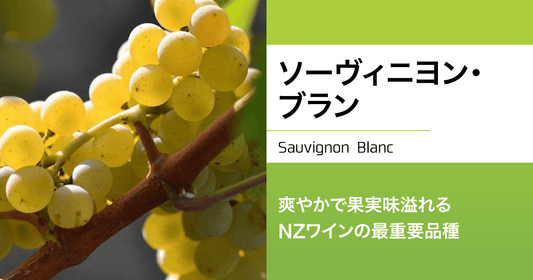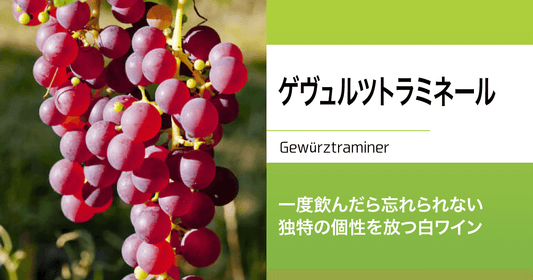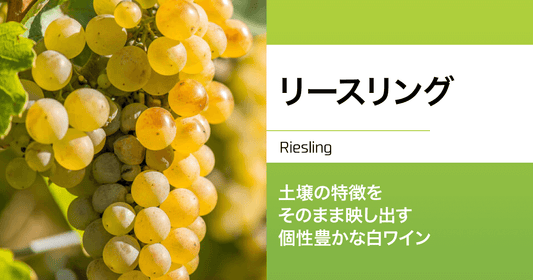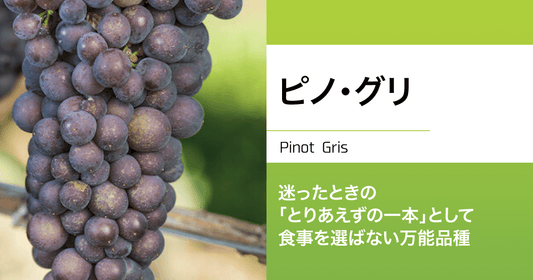
When people say "Cabernet," they are usually referring to Cabernet Sauvignon , a variety that is well known to anyone who likes red wine.
Cabernet Sauvignon is used as a single variety, but it was originally treasured as the main variety in Bordeaux blends of multiple varieties.
The grape behind the blend is Cabernet Franc , which is very similar to Cabernet Sauvignon but has a slightly lighter flavor.
Cabernet Franc is rarely grown as a single variety, but is usually blended with Cabernet Sauvignon and Merlot.
Even though it's the same Cabernet, the main grape variety and the supporting ones have completely different personalities.
Are there any wines that are just Cabernet Franc?
In a few places, such as Chinon in the Loire Valley in France, it can even play a leading role.
However, it is a very important complementary variety in Bordeaux blends and is widely planted around the world.
The same is true in New Zealand, where it is mainly cultivated in the Hawke's Bay region near Auckland on the North Island.
In this article, we will introduce you to this hidden gem: Cabernet Franc.
What face is hidden in the other "Cabernet"?
What is a Bordeaux Blend?
Before giving an overview of Cabernet Franc, I would like to briefly explain Bordeaux blends.
Bordeaux Blend, also known as the color "Bordeaux", is a traditional method in the Bordeaux region to make wine by blending multiple varieties, as mentioned above. In French, it is called "Assemblage".

By blending different varieties with different levels of acidity, astringency, sweetness, etc., we produce wines with the complex and deep flavor that is unique to Bordeaux.
Many of the Bordeaux blends are
- Cabernet Sauvignon
- Merlot
These two varieties are the main ones,
- Cabernet Franc
- Carmenere
- Malbec
- Petit Verdot
These varieties are blended.
But why blend wines in the first place? Not only to balance the flavors of each, but also to reduce the risks involved in cultivation management and to take advantage of differences in harvest times to adjust the best time to drink.
Bordeaux blends are not only used in the Bordeaux region but also around the world, with Cabernet Franc playing an essential role.
The most famous wine-producing region is, of course, Bordeaux.
Cabernet Franc is grown all over the world, but most of it is grown in France , most notably in the Bordeaux region .
In the Bordeaux region,
- The Médoc region
- Graves district
In these left bank areas of Bordeaux, Franc is grown to complement Cabernet Sauvignon, and Cabernet Franc production is small.
on the other hand,
- Saint-Emilion area
- Pomerol region
In areas such as the right bank of Bordeaux, Merlot-based wines are abundant.

The traditional method in this region is for Cabernet Franc to provide the structure and then Merlot to flesh it out.
The region has a tradition of Cabernet Franc being the "backbone" and considered the star rather than the supporting player.
In the Loire region, Cabernet Franc can also be enjoyed on its own.
The Loire region is a wine-producing region that stretches along the Loire River and is the region with the largest cultivated area in France.

Unlike Bordeaux, this region produces wines made from 100% Cabernet Franc, with very little blending with other varieties.
Only in the Loire region can you find a wine that allows you to taste the natural characteristics of the Cabernet Franc grape variety. You can enjoy the perfect body and flavor of Cabernet Franc.
It has such a long history that it can be considered the ancestor of all varieties.
Cabernet Franc is one of the oldest wine grape varieties.
It was once thought to have originated in Bordeaux, but is now believed to have had its roots in the Basque Country.
In fact, it is no exaggeration to say that Cabernet Franc is the "ancestor" of all varieties.
Let's check out that genealogy.
Cabernet Franc is the parent of the Franc family.
The first thing to remember is that Cabernet Franc is the parent of Cabernet Sauvignon, the world's number one red wine grape. Because of this parent-child relationship, it makes sense that they complement each other when blended.
Cabernet Sauvignon isn't the only wine that has a parent-child relationship.

As shown in the figure, Cabernet Franc
- Merlot
- Carmenere
This also applies to parents such as:
What a prolific breed!
By the way, Cabernet Sauvignon's parents are Cabernet Franc and the white grape variety Sauvignon Blanc. It is easy to understand because it is a combination of both names.
How is it different from Cabernet Sauvignon?
Cabernet Sauvignon is a parent-child pair. Here is a quick summary of the differences between them.
Bordeaux blends have slightly different characteristics that complement each other.
| Cabernet Sauvignon | Cabernet Franc | |
|---|---|---|
| Buds | slow | Early |
| Harvest time | slow | early |
| Taste | Strong acidity and tannins, firm structure | Soft acidity and moderate tannins, light |
| Color | dark | Thin |
| Aging | it takes time | A little early |
Cabernet Franc ripens earlier than Cabernet Sauvignon, so not only does it have a different harvest time, it also has the characteristic of being able to ripen fully in cooler regions. Its harvest time is roughly between that of Cabernet Sauvignon and Merlot.
The aroma, taste, color, and overall impression of this wine is lighter than Cabernet Sauvignon. It complements the full-bodied Cabernet Sauvignon.
Cabernet Franc aromas
Cabernet Franc's typical aromas include
- strawberry
- Raspberry
- blueberry
- Violet
- Red bell pepper
Some of the flavors include, and it is characterized by a moderate astringency.
It has a rich acidity and also has a fresh fruity taste.
It has a good balance of sourness and astringency, so it goes well with light meat dishes.
Cabernet Franc pairs well with red meats such as beef and lamb, preferably meats that are relatively lean.

Cabernet Franc has a good balance of acidity and astringency, and a moderate fruitiness, making it a perfect match for light meat dishes. It is also recommended for lunchtime.

Also, please try it with spicy ethnic dishes. Fried chicken is also good - it goes surprisingly well with it!
summary
Cabernet Franc, which has a wide range of expressions when blended, is currently being re-evaluated around the world.
As wine culture spreads around the world, there may be a demand for wines that not only have the powerful Cabernet Sauvignon base that has been around until now, but also wines that have a strong presence of easy-to-drink Cabernet Franc.






